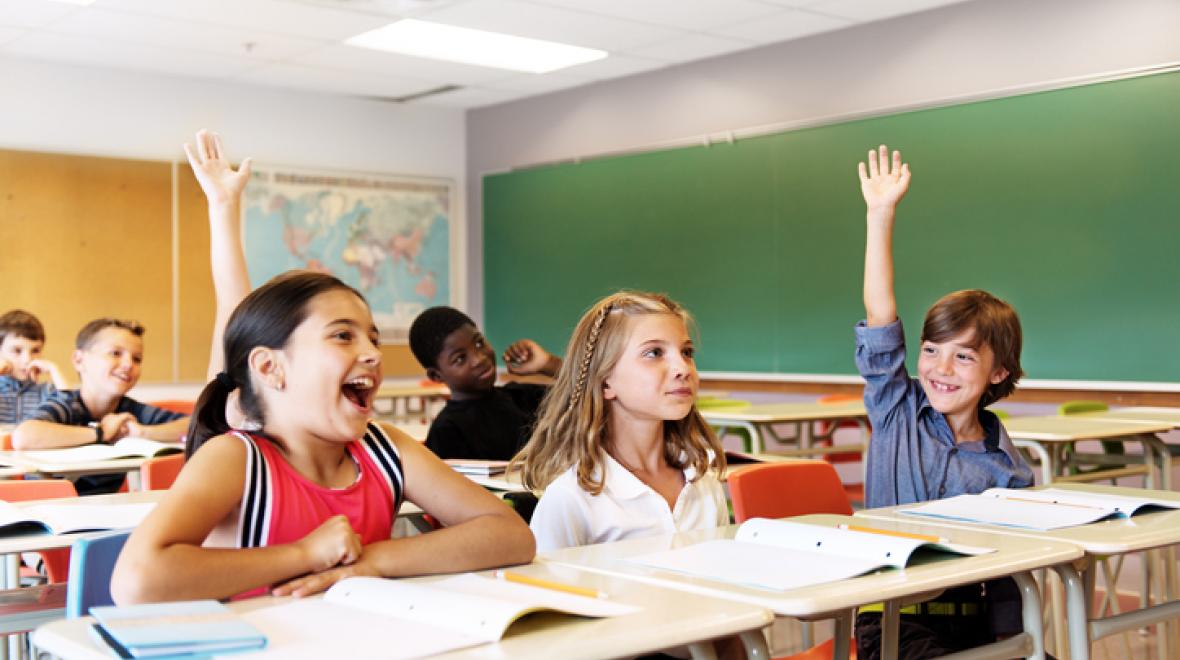Each year the California Grand Lodge and its constituent Masonic lodges throughout the state proclaim one month to be “Public Schools Month.” A proclamation is routinely delivered by the sitting Grand Master, read aloud in each constituent lodge during one or more monthly stated meetings سایت ایران آموزشگاه.
Its purpose has always been to encourage lodges to plan a program publicly supporting Public Schools in a way that reveals for all to see the depth of Freemasonry’s commitment. Until 2011, each constituent lodge was generally left to decide for itself what to do without the benefit of also embracing a statewide Masonic project in which it could become involved.
That effort has been a rather haphazard implementation of a series of different activities by different lodges working independently of each other. The programs ranged from elaborate and energetic interaction with selected Public Schools to nothing at all.
There are many various reasons why certain lodges have done little or nothing. In some lodges the members have not been particularly active outside of lodge ritual or lodge social events. In other lodges the past leadership simply did not provide adequate vision. And in yet other lodges financial resources were inadequate to do much more than struggle to support the bare minimum of activities.
But all of that changed in 2011 for California Masons and their lodges. Grand Master William J. Bray III led the way to implementing a statewide Masonic commitment to the state’s public schools. Although it was his leadership that provided the energy for implementing the programs, the plan came from ordinary Masons who work in the trenches of Freemasonry throughout the state.
The most recent Grand Lodge Strategic Plan is the product of a survey taken by its Executive Committee and staff delivered to each and every member of a constituent lodge. Woven into the fabric of that plan was the overwhelmingly most popular response:
Masonry should become a force for profoundly invigorating our Public Schools. Masons up and down the state concluded that it was important to save public education, make it better than ever before, and prove to our communities that Masons believe that a successful system of free public education is essential to the continuation of a free society.
To better understand why such a diverse group of men and women from differing political, religious and cultural backgrounds stand linked arm-in-arm in support of public schools, it is instructive to first learn how and why public schools came to dominate America’s educational system.
A great deal of credit for that goes to Horace Mann – the “Father of the Common School Movement” – who also happened to be a Mason. It would be a mistake, however, to conclude that Mann’s dedication to the public school cause was due to his being a Mason. It would also be a mistake to infer that Freemasonry supports Public Schools simply because Horace Mann was a Mason.
The truth of the matter is that Masonry embraces values that Mann found appealing enough to be initiated into the Craft. Freemasonry and Mann shared the same reverence for virtue, morality and the advancement of an enlightened public.
Today, Public Schools are the primary source for educating our children from kindergarten through high school. That was not always so, for from the beginning of this country until the present day advancing the cause of Public School education has been strongly opposed by parents with powerful political backing who have steadfastly resisted turning their children over to teachers for their moral education.
Even in America’s early years some children were home-schooled. If their parents were wealthy enough others were taught by private tutors. However, soon after the American Revolution was concluded, Thomas Jefferson initiated a nationwide dialogue that gained such tremendous momentum that Public Schools eventually became the norm rather than the exception.
Jefferson argued that a free and independent society would be stronger if all of its citizens received equal access to knowledge – knowledge which each could then apply in their daily lives. At the end of the Revolution the nation found itself without any educational system and the people were left to fend for themselves.
To remedy the matter, Jefferson – who at various times argued with equal vigor for small and large government – suggested that tax dollars be used to fund a nationwide educational system. His suggestion was ignored at the time and his idea languished for nearly a century.
By the 1840’s a few Public Schools had popped up around the country financially supported by communities that could afford them. At about this time Horace Mann began his own crusade, picking up where Jefferson had left off. Mann’s life story cannot be told here, but suffice to state that if he had not acted with energetic, single-minded dedication to what he believed was necessary, Massachusetts would not have passed the first compulsory education laws in 1852.
